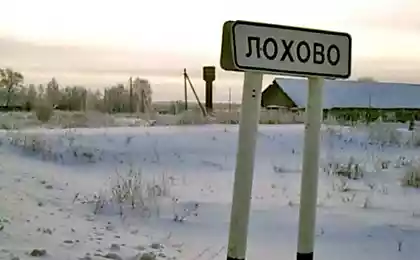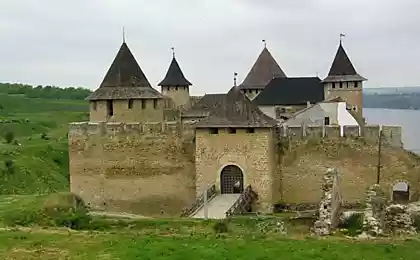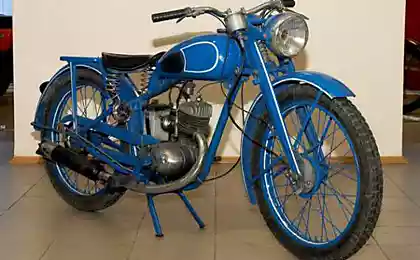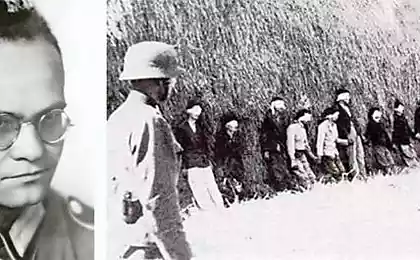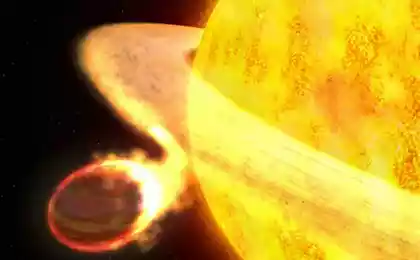121
Palanka – a Moldovan village that preserves traditions
The village of Palanca, founded at the beginning of the XIX century, has a beautiful history and is today one of the tourist attractions thanks to the Museum “Casa Părintească” (“Parent House”), which opened in 2000. This is a private museum of folk crafts. Its main property is a house of four rooms, various machines and a playground for entertainment. At the services of tourists there are group visits accompanied by a guide, lessons in the craft workshop, seminars, opportunities for viewing and participating in folklore performances, traditional cuisine dishes, entertainment trips on the wagon along the guest route of the museum.
In January, tourists can participate in the festival of winter holidays "Colindul şi Malanca". July 7, on a holiday called Seungziene (Russian analogue - Ivan-Kupala), Palanka hosts performances of the national theater, the ceremony of exchange of wreaths. On August 2, the Day of the Prophet Elijah, the Pie Festival is organized. On the third Sunday of September, an ethnic festival is held.
One of the most interesting folk customs associated with the festival of Seungziene or Dregayka (Ivan-Kupala). Initially, the custom played a ritual role and marked the end of the cycle of spring customs with fixed dates and completed an important period of agricultural work, plowing, sowing and preparation for harvest. This event is part of the activities of rural tourism, one of the priority types of tourism in our country.
One of the few surviving wooden churches in the Republic of Moldova is located in Palanka. The wooden church “The Intercession of the Holy Virgin” was built from larch in Ukraine at the end of the eighteenth century, and then in 1825 was transported to the cemetery of the village of Palanka. It operated there until 1944.
After the closure, there were no religious services in the church, which led to its degradation. Today, the wooden church of Palanka village is a tourist attraction, which is not fully popularized.
Source: www.ecology.md



